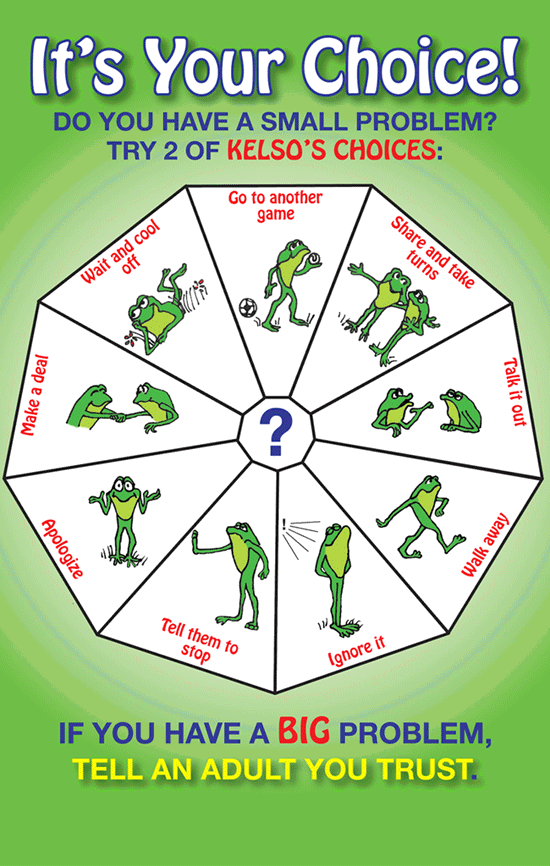
Each month, I invite a different educator to share a few classroom management tips that have worked in his or her classroom. It’s part of a blog post series called Real Teachers, Real Tips. I’m hoping to feature a wide cross-section of teachers from all different parts of the world, at a wide range of grade levels, in a variety of teaching scenarios. Want to share your ideas here? Just fill out the guest blog form!
October’s featured teacher is Elisa Waingort, who has taught in the U.S., Canada, and Ecuador for the past 27 years. Her experience is primarily in early childhood though she’s taught middle school as well. Elisa has worked as a curriculum coordinator, self-contained classroom teacher, and an ESL teacher. Thank you, Elisa, for sharing your perspective here!
When I first joined the staff at my previous school, all teachers were expected to hold class meetings on a regular basis. Class meetings are a place where students can get help with a problem, reflect on various aspects of the school day, and/or learn strategies for resolving conflicts. During the time I was there, I often held class meetings on a daily basis, usually right after the lunch recess. Although there are many models for class meetings (see Discipline Without Stress for one example), over time I adopted an informal format and three simple rules that gave students increasing responsibility for running class meetings. The format involved a question posed by me or a student someone asking for help to solve a problem or describing how a problem was solved and a group reflection on the process. My preferred question was: what are you going to take away from our class meeting?
The rules were as follows:
- Only bring problems to a class meeting that involve or affect most of the class, if you need help solving a particular problem, or if you want to share how you solved a problem independently
- Take turns
- Be respectful.
Any problems involving one or two students were addressed through an alternate process. First, students gather in a circle allowing all members equal opportunity to be seen and heard. Since we always sit in a circle for whole class lessons, read alouds, and presentations, this format was quite familiar to the children. In the beginning of the year, I start class meetings by posing questions for reflection, such as what’s something you like in school? Later in the year, I solicit feedback by asking the children what’s going well or what’s not going well in our classroom. I use this feedback to make needed changes in routines and our daily schedule. Sometimes we decide as a class to take action by visiting other classes with suggestions for solving a problem, writing a letter to the principal, or inviting a child from another class to solve a problem with us. This sends the message that class meetings are a place to explore sensitive issues as well as individual conflicts.
I insist that the children use first names when addressing each other, as well as make eye contact with their audience. I stress the importance of active listening to asking pertinent questions or for offering suggestions to help solve a particular problem.
As the children get the hang of class meetings and grow to understand and trust the process, then I start sitting outside the circle, literally and figuratively, intervening only when it seems like the discussion is veering off course. Usually the student teacher (class helper), or someone chosen by the student teacher, is responsible for leading the class meeting for the day. We often referred to Kelso’s Wheel of Choice as a source for problem solving strategies. See the Kelso’s Choice website for more information.
At first, students may not trust the process, as they are accustomed to the teacher setting up problems to solve or directing the conversation through a question- answer approach. Children must first understand and trust that they will have a regular meeting time to address disagreements with their peers. Therefore, class meetings are built into the regular schedule and given the same importance as any other school subject. Whether you can only find one 20-minute spot in your schedule or you are able to fit in daily class meetings, you will notice the benefits almost immediately as your students start taking on more and more responsibility for selecting topics for the class meetings, leading discussions, and applying what they’re learning during times outside of the classroom.
Class meetings are integral to building a strong, safe community in the classroom. A byproduct of this process is that they aid in the development of independent thinkers who approach problems as challenges rather than barriers.
You can read more from Elisa on her blog, A Teacher’s Ruminations. If you’d like tips for setting up class meeting routines and the meeting area space in your classroom, check out my Morning Meetings page. We’d love to read about your experiences with class meetings and the Kelso’s choice wheel. Please share your thoughts in the comments!

Angela Watson
Founder and Writer
Discussion
Leave a Reply
OR

Join our
community
of educators
If you are a teacher who is interested in contributing to the Truth for Teachers website, please click here for more information.

















Morning meetings are like breakfast around the table for our littlest leaders. And we LOVE Kelso. Just yesterday I got my copy of the new Kelso’s Choices Character Education Curriculum – Be A Star – and it looks great. Thanks for the gentle reminder about connecting kids; excellent post!
That’s awesome, Barbara! I love the analogy of breakfast around the table. I feel the same.
Hi Barbara,
Yes, the image of “breakfast around the table” is great. I will have to look at the Character Education Curriculum you mention above. I’m not familiar with it.
Regards,
Elisa